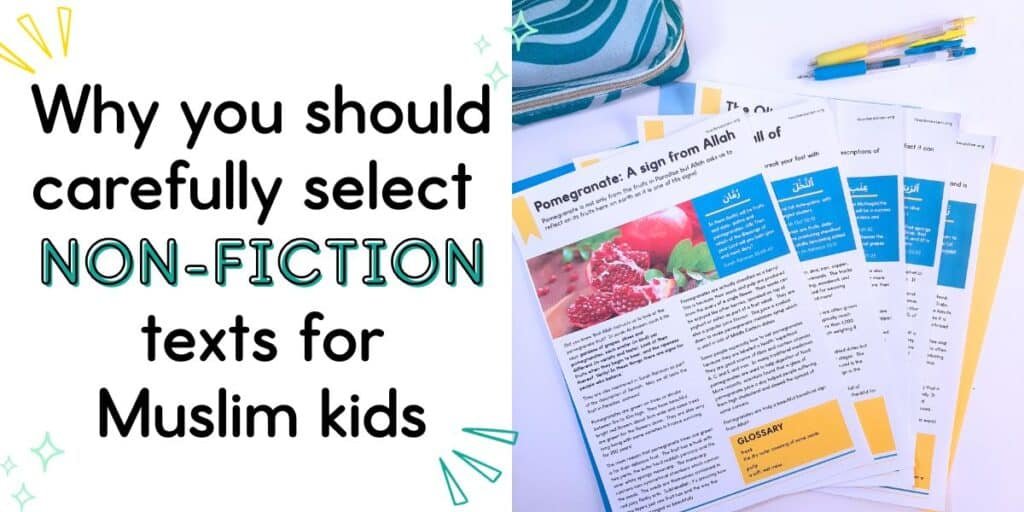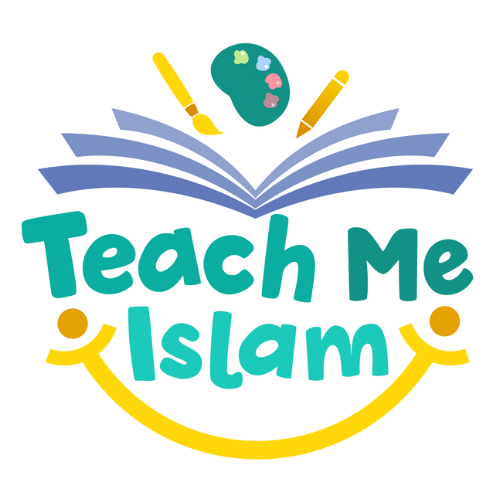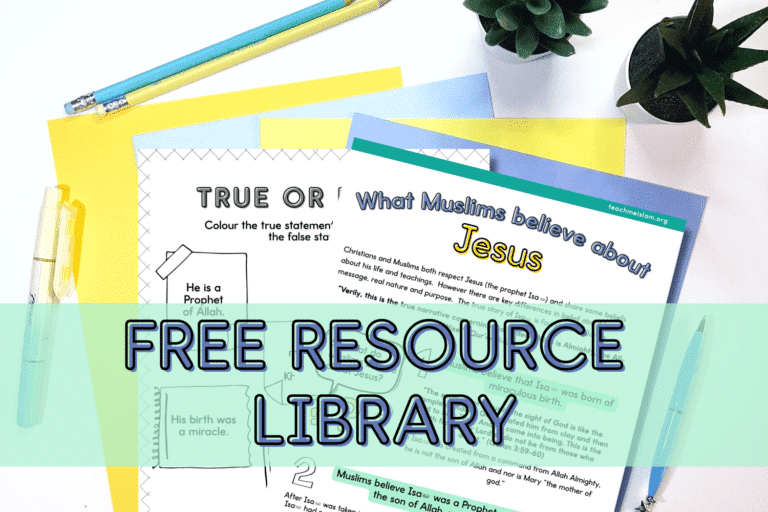Have you ever carefully checked the fiction texts you give your kids but just glanced over the non-fiction books before approving them? If you have, you are definitely not alone. There seems to be a lot more content that would contradict Muslim family values and core Islamic beliefs in fiction texts for example haram relationships, magic and more. However, non-fiction texts can be very harmful as they can present unIslamic beliefs such as evolution as fact. These beliefs are woven through topics that otherwise seem “safe” like space. It’s not just what is included but what is excluded that can be harmful. The absence of any mention of Allah when studying the creation can undermine a child’s understanding of Allah’s actions and importance. This blog post will focus mainly on issues with science-based non-fiction texts and a future post will cover historical non-fiction texts inshaAllah. Here are things to watch out for when selecting science-based non-fiction texts for your kids.
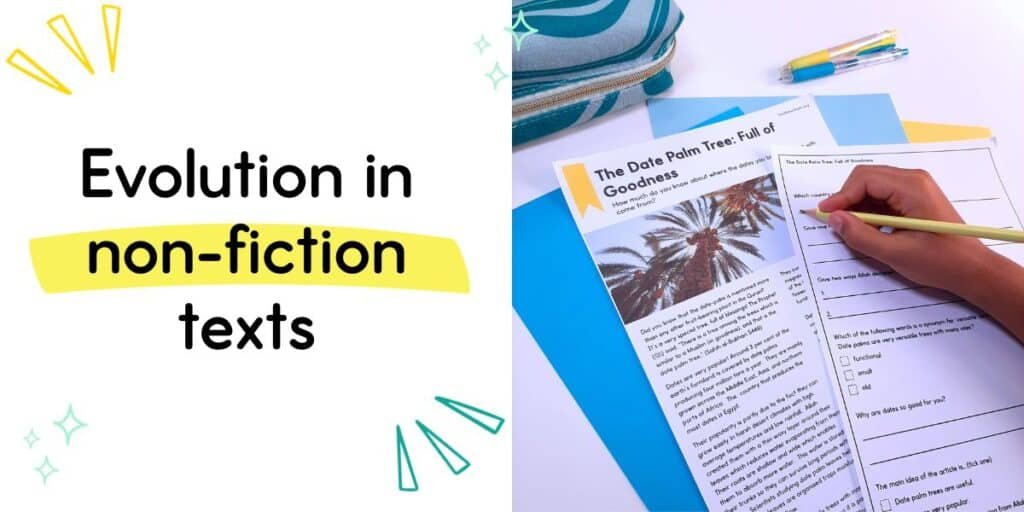
Evolution in non-fiction texts
There are so many issues with the presence of evolutionary theory in non-fiction texts for kids. The first is that it is still the theory of evolution and yet it is presented as fact. This theory is in direct contradiction to the core Islamic belief that Allah created Adam and he was the first man.
“(Remember) when your Lord said to the angels: ‘Truly, I am going to create man from clay. So when I have fashioned him and breathed into him (his) soul created by Me, then you fall down prostrate to him.’ So the angels prostrated themselves, all of them, except Iblis (Satan), he was proud and was one of the disbelievers.” [Sad 38:71-74 – interpretation of the meaning]
“O mankind! Be dutiful to your Lord, Who created you from a single person (Adam), and from him (Adam) He created his wife [Hawwa (Eve)], and from them both He created many men and women.” [al-Nisa 4:1]
The second issue is that it implies that living things changed or evolved by themselves without any aid from Allah. This denies the role of the creator and Allah’s actions. This is dangerous as Allah’s names, attributes and actions are reasons why he deserves to be worshipped.
Thirdly, it reduces or removes the reward and blessing of reflecting on Allah’s creation. Allah orders us several times in the Qur’an to reflect upon his creation and gives them as examples of his signs.
“And among His signs is the creation of the heavens and earth, and of all the creatures He has dispersed within them. And He is ever-potent over assembling them all if He so desires” [Soorah ash-Shooraa (42):29]
“Do they not look at the camels: how they have been created? And at the heaven: how it is raised? And at the mountains: how they have been rooted and firmly fixed? And at the earth: how it has been spread out?”[Soorah al-Ghaashiyah (88):17-20]
Learning about Allah’s creation is a great opportunity for our kids’ emaan (and our’s) to increase but this link between the creation and the greatness of The Creator is severed in most non-fiction books designed for children.
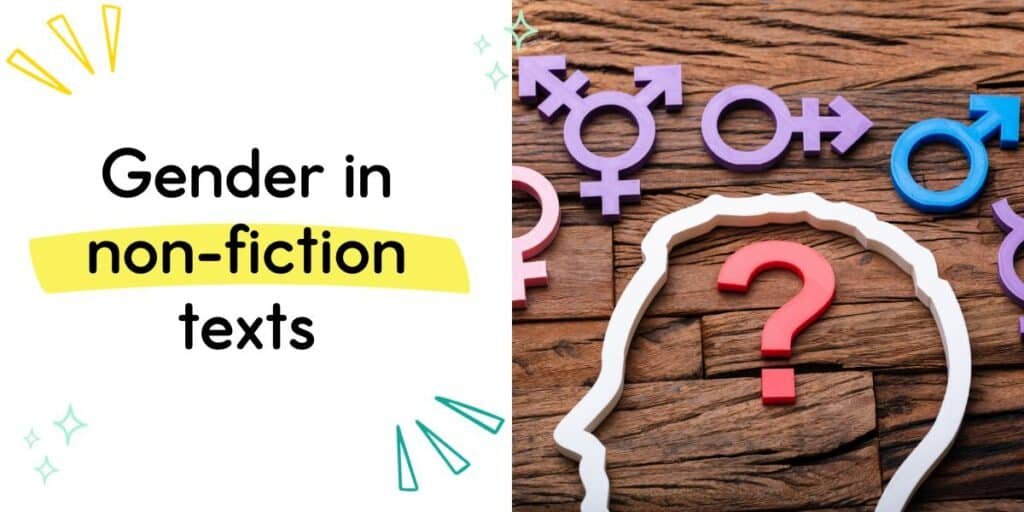
Gender in non-fiction texts
Without diving into this topic too deeply, sadly the concept of gender as a spectrum is making its way into children’s books. Removing common-sense language such as woman/female in subjects that clearly require them such as childbirth and menstruation is very damaging. There are so many verses in the Quran that refer to the two genders and it is a key belief of Muslims that must be preserved for children and not corrupted.
“The believers, men and women, are Auliyâ’ (helpers, supporters, friends, protectors) of one another; they enjoin (on the people) Al-Ma‘rûf (i.e. Islâmic Monotheism and all that Islâm orders one to do), and forbid (people) from Al-Munkar (i.e. polytheism and disbelief of all kinds, and all that Islâm has forbidden)”
[at-Tawbah 9:71].

The Big Bang
The Big Bang model is the concept that the universe began with an infinitely hot and dense single point that inflated and stretched and is still expanding now. We do not know how Allah created the universe nor how long ago. What we can be certain of is that it is part of Allah’s creation and that nothing happens within it without His Permission.
I did not make them witness to the creation of the heavens and the earth or to the creation of themselves, and I would not have taken the misguiders as assistants. (18:51)
The big-bang theory requires the belief that matter, energy, forces, time and space of the Universe were all created with the big-bang. Stephen Hawking said in the conclusion of his lecture ‘The Beginning of Time’ that ‘the universe, and time itself, had a beginning in the Big Bang, about 15 billion years ago.’
This contradicts the hadith of our Messenger (may Allah raise his rank and grant him peace). Abdullah b. ‘Amr b. al-‘As reported: I heard Allah’s Messenger (ﷺ) as saying: Allah ordained the measures (of quality) of the creation fifty thousand years before He created the heavens and the earth, as His Throne was upon water. (Sahih Muslim 2653b). You can read more about this issue here.

No mention of Allah and his role as the Creator in non-fiction texts
Imaam As-Sadi [may Allaah have mercy upon him] stated: “The greatest evils of knowledge and inconsistencies occur as a result of acquainting oneself with the creation without its Creator, acquaintance with effects without the One who created those effects, acquaintance with causes without the one who created those causes and acquaintance with the paths without its sound goals. The deficiency in this type of acquaintance is numerous and its harm is great, for indeed many of the atheists and those deceived by them are skilled in the natural sciences, but they confine themselves to it and are blind regarding its association with its Creator and Causer.
The very absence of mention of Allah and his role as creator in texts designed for children is damaging. It’s vitally important that we educate children about Allah whilst we teach them about his creation. This requires us to create texts and resources especially for Muslim kids. If you would like an example of that, you can download a free text about glass frogs when you sign up to access the free resource library.
This is not just limited to Allah’s role as creator but also his actions such as sustaining his creation, sending rain and providing light and heat. Another key element for children to learn about are calamities such as earthquakes, hurricanes and floods. We are informed in the Qur’an in the stories of many prophets such as Hud, Salih and Nuh of Allah’s punishment through disasters. Non-fiction texts generally do not include this vital information.
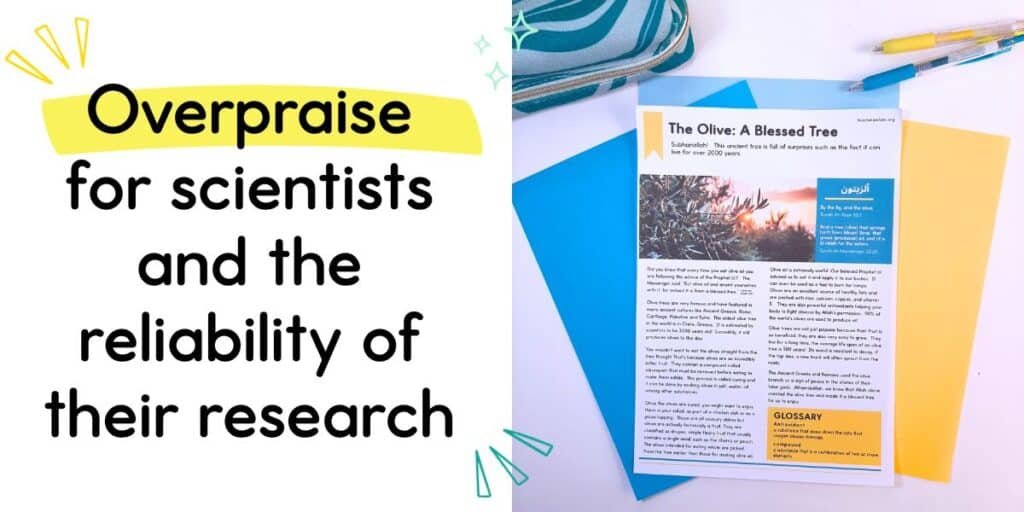
Overpraise for scientists and the reliability of their research
Non-fiction texts often present theories and models as if they are fact. When referring to beliefs that used to be universal in the West for example that the prophet Adam was the first man, they contradict them using phrases such as ‘we now know’ and ‘it is now proven.’ This is despite their incorrect theories that can not be proven.
The language in the texts implies an authority and knowledge of Allah’s creation that is actually absent.
Imam As-Sadi mentions that the following verse applies:
Then when their Messengers came to them with clear proofs, they were glad (and proud) with that which they had of the knowledge (of worldly things): And that at which they used to mock, surrounded them (i.e. the punishment)]. [Surah Ghaafir. Aayah 83]

Non-fiction resources especially designed for Muslim kids
I hope you have found these tips for selecting non-fiction texts for your kids helpful. If you would like to get a FREE resource to teach kids about Allah’s amazing creation,the glass frog then join the mailing list here to download a free fun reading passage and gain access to the free resource library.
If you would like non-fiction texts that clearly link between the creation and Allah the Creator please check out the following packs:
⭐Allah’s Amazing Animals: TPT or ETSY or Website
⭐Plants in the Qur’an: TPT or ETSY or Website
Here are some other blog posts you may be interested in:
What are Islamic Comprehension Passages and why you should be using them?
Should you use Islamically Integrated Resources or teach Islamic Studies separately?

